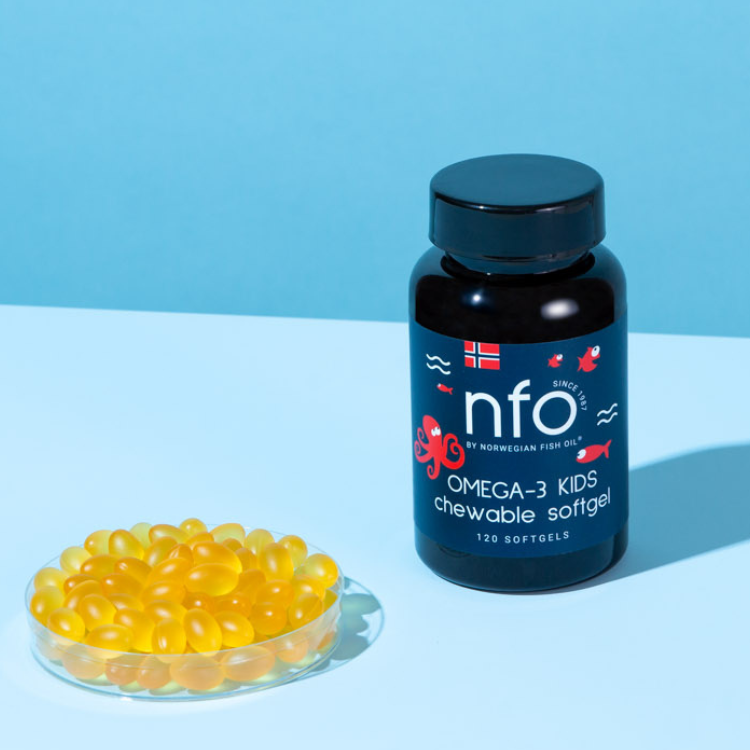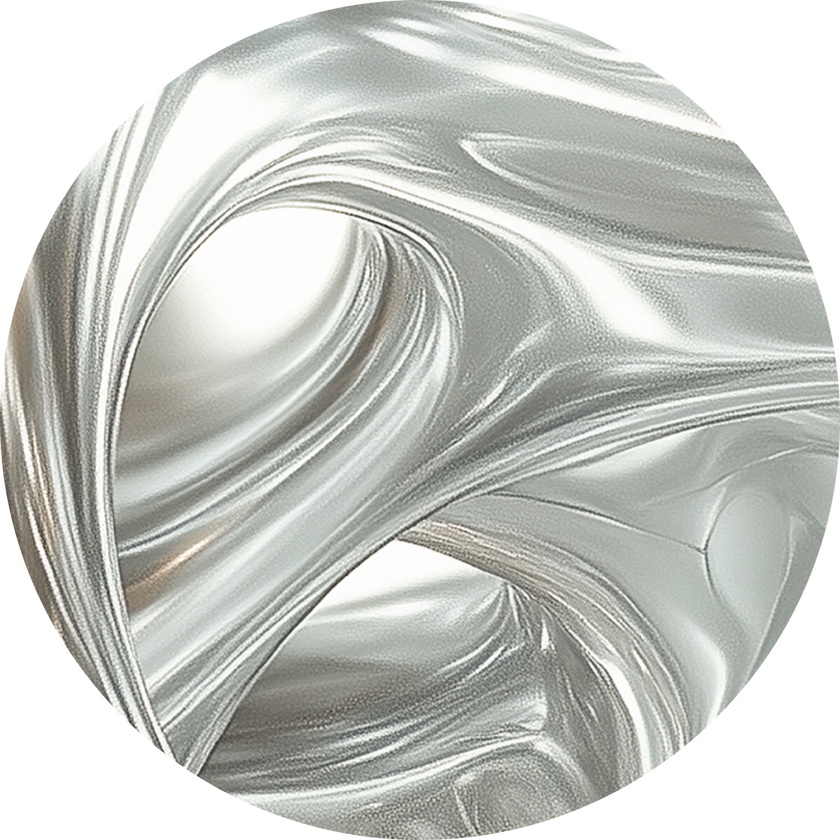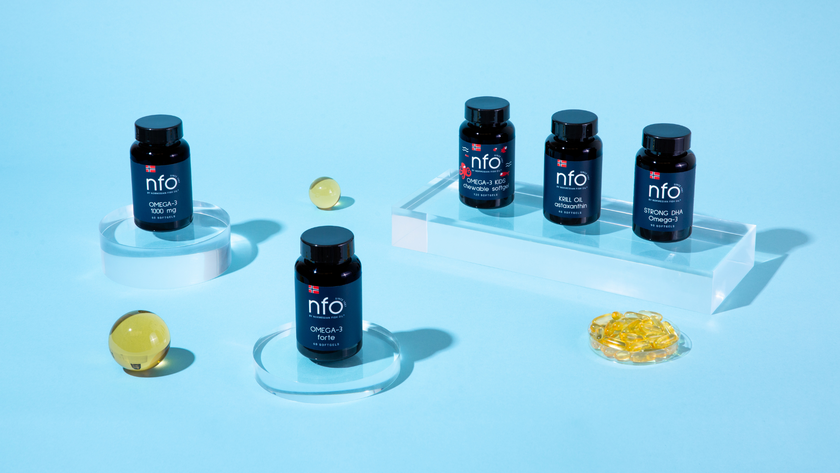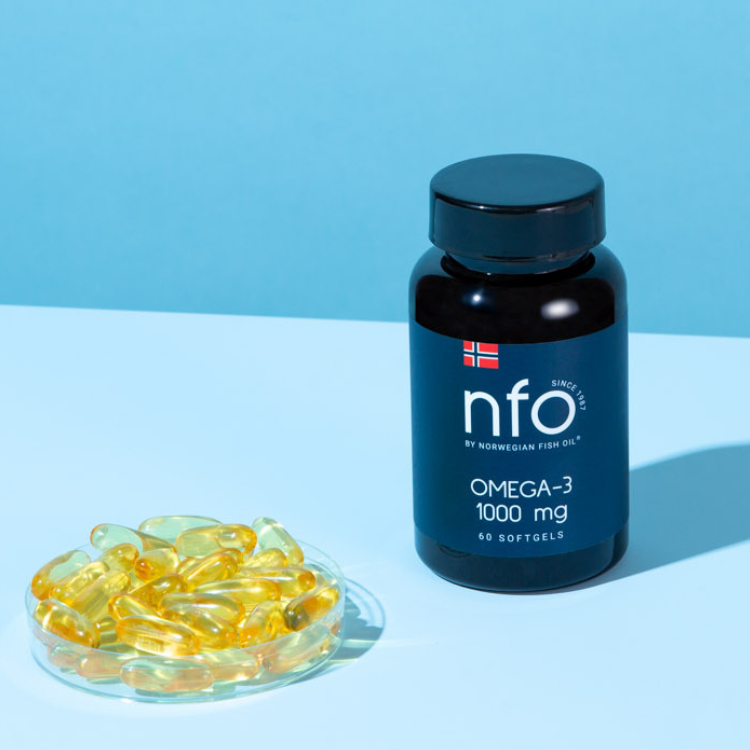1. Iron Supplementation
Iron deficiency is a known factor in RLS. Studies show that addressing low ferritin levels can improve symptoms. Consult with a healthcare provider before starting iron supplementation.
2. Dopamine Agonists
Medications like pramipexole and rotigotine mimic dopamine activity and help manage RLS symptoms. However, long-term use can lead to augmentation, requiring careful medical supervision.
3. Anticonvulsant Medications
Gabapentin enacarbil and pregabalin have been effective in reducing RLS symptoms, particularly for those who experience painful sensations.
4. Lifestyle Modifications
Exercise, maintaining a regular sleep schedule, reducing caffeine and alcohol intake, and engaging in relaxation techniques can help manage symptoms.
5. Pneumatic Compression Devices
These devices improve blood flow and reduce discomfort associated with RLS, offering a non-pharmacological option for symptom management.
6. Vitamin D Supplementation
Emerging research suggests a link between vitamin D deficiency and RLS. Supplementation has shown promising results in symptom reduction.
Conclusion
RLS can significantly impact quality of life, but a combination of medical treatments and lifestyle modifications can effectively manage symptoms. Consult a healthcare provider for personalized treatment options.
References
- Allen, R. P., et al. (2013). The prevalence and impact of restless legs syndrome on patients with iron deficiency anemia. American Journal of Hematology.
- Aukerman, M. M., et al. (2006). Exercise and restless legs syndrome: a randomized controlled trial. Journal of the American Board of Family Medicine.
- National Institute of Neurological Disorders and Stroke. (2025). Restless Legs Syndrome Fact Sheet.
- Wali, S., et al. (2015). The effect of vitamin D supplements on the severity of restless legs syndrome. Sleep and Breathing.
- Winkelman, J. W., et al. (2016). Practice guideline summary: Treatment of restless legs syndrome in adults. Neurology.









